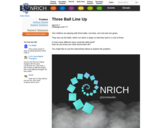
Students explore combinations in this Nrich activity. There is a simulator to help students with visualizing the possible outcomes. Discussion is a key element.
- Subject:
- Mathematics
- Material Type:
- Activity/Lab
- Date Added:
- 05/31/2021

Students explore combinations in this Nrich activity. There is a simulator to help students with visualizing the possible outcomes. Discussion is a key element.
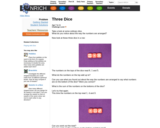
This Nrich problem encourages children to explain observations and to generalize. It requires a good understanding of multiplication. It may also introduce the idea that opposite faces of a dice add to seven, if that is something with which learners are not already familiar

This Nrich problem supports the development of the idea of generic proof with the children. This is a tricky concept to grasp but it draws attention to mathematical structures that are not often addressed at primary school level.
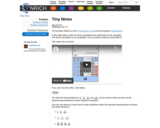
There are fascinating patterns to be found in recurring decimals. This Nrich problem explores the relationship between fraction and decimal representations. It's a great opportunity to practice converting fractions to decimals with and without a calculator.
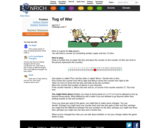
This Nrich game is designed to get children used to moving along a number line either side of a central point adding and subtracting within 27. It can help to introduce the idea of negative numbers or practice fluency with negatives by changing the midpoint to 0.
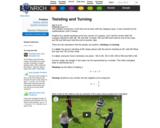
This Nrich problem introduces an intriguing trick which provides a context for practicing manipulation of fractions. Watching the video, or perhaps trying the trick out for themselves, can engage students' curiosity, and lead to some intriguing mathematics to explore and explain.
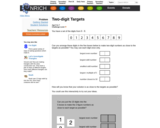
This Nrich problem is a fantastic opportunity for learners to apply knowledge of place value and offers a context for learning and practicing the relevant vocabulary (odd, even, multiple). The interactivity will help learners satisfy their curiosity in the sense of finding a 'better' solution, as it enables them to play around with the digits without having to commit anything to paper. This act of deciding whether one solution is better than another also provides a meaningful context in which to compare and order numbers.

This Nrich investigation is one that uses the very popular multilink cubes. It gives a wonderful opportunity for pupils to explore ways of recording. This activity is also designed to nurture children's curiosity by introducing mathematics into a familiar non-mathematical context. Children might end up pursuing different ideas from each other and this freedom to explore may well encourage learners to persevere more than they might usually. In this way, they will immerse themselves in the particular number sequence they have chosen to use, which will help them gain a deep understanding of its structure. This activity lends itself to pupils posing their own questions in the form “I wonder what would happen if...?”
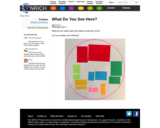
This Nrich activity offers free exploration which will help learners develop a deep understanding of halves and halving. The task gives a context in which to discuss the importance of the part-whole relationship of fractions so that children realise halves can be different sizes, depending on the whole.
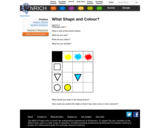
In this Nrich activity students look for connections in an array combining colors and shapes.
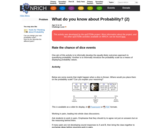
In this Nrich activity, students estimate probability of outcomes with dice.
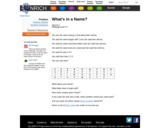
At its most basic this Nrich task is an exercise in reading and recording information from a table. It also offers opportunities for children to do some elementary reasoning as they compare results with each other and work out why they differ.
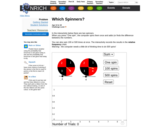
The Nrich interactivity offers an ideal context in which to observe the "messy" randomness of results after a small number of experiments, and the predictability of results after a large number of trials. The problem also offers a good starting point for considering different probability distributions and their features, which could be followed up with the tasks Which List is Which and Data Matching.

This Nrich activity would be a good start to, or could follow on from, work on finding percentages of quantities. In whichever context it is used, it will provide a good assessment opportunity for you to find out what your pupils understand well and what they have difficulties with.
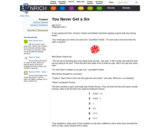
This Nrich problem challenges learners to interpret data carefully and to search for all the information that there is implicit in any graphical representation. The question encourages them to contrast different ways of representing similar data and helps to make explicit their interpretation of what the data represents in order to solve the problem.